I visited The Ross Sea region of Antarctica on a semi-circumnavigation of the southern-most continent in partnership with Oceanwide Expeditions. Of course, all opinions are my own.
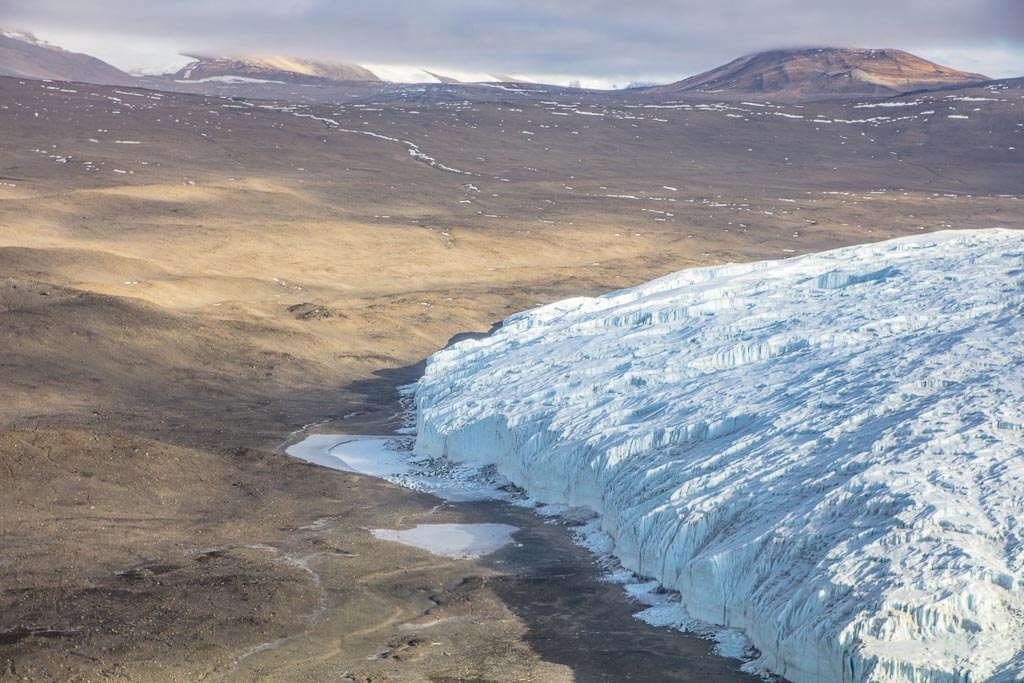
What it was like to Visit the McMurdo Dry Valleys
Updated February 2024, What it was like to visit the McMurdo Dry Valleys was originally written in November 2017
Do you guys remember back in early 2017 when I went to Antarctica with Oceanwide Expeditions? Well, you all know how I have a penchant for visiting far-flung, extremely remote, and simply the most difficult locations in the world. Oceanwide definitely delivered on this one- we made a landing at one of the more difficult places on Earth to get to, the McMurdo Dry Valleys.
The McMurdo Dry Valleys which sit between the Transantarctic Mountains and the Ross Sea, are among the most hostile, inhospitable, and driest places on earth.
Want more Antarctica? Check out my Antarctica Travel Guide for more
Get a copy of Bradt’s Antarctica guidebook
Need Travel Insurance and Evacuation Services for Antarctica?
Start shopping for travel insurance plans over at IATI Insurance. Readers of the Adventures of Nicole get a 5% discount off your plan.
The Adventures of Nicole partners with Global Rescue to offer the world’s leading medical evacuation and security advisory services. To travel with peace of mind, shop evacuation coverage at Global Rescue.
Meet the three McMurdo Dry Valleys
There are three major valleys that carve out of the Transantarctic Mountains and toward the Ross Sea. The three McMurdo Dry Valleys are:
- Taylor Valley: The furthest south of the three valleys and home-sweet-home to Taylor Glacier and the infamous “Blood Waterfall”. Iron-oxide is what’s actually spewing out of the side of Taylor Glacier, although its resemblance to blood.
- Wright Valley: The middle of the three valleys and home to the Onyx River, the largest river in all of Antarctica.
- Victoria Valley: The northernmost valley of the McMurdo Dry Valleys and the location of Lake Vida, the largest lake of the three valleys.
- Meet the others: There are more valleys that comprise the McMurdo Dry Valleys than the three giants. They are: McKelvey, Belham, Barwick, Alanta, Stuiver, Wall, Virginia, Priscu, Pearse, Miers, Garwood, and Marshall.
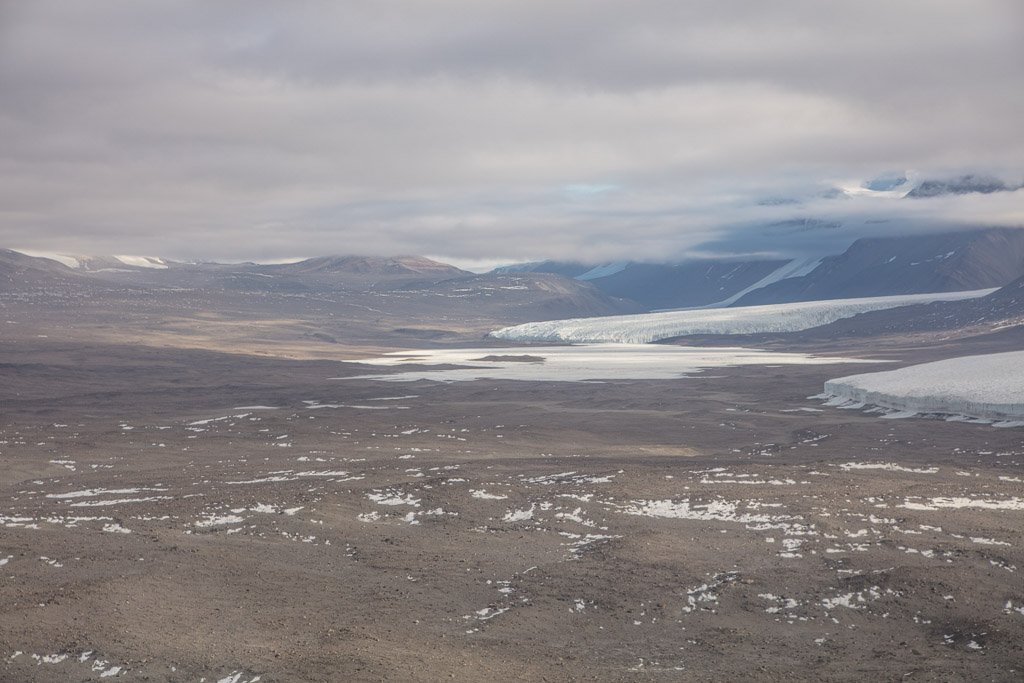
Life in a place it shouldn’t exist
In 1903 Scott and his party of explorers arrived in the McMurdo Dry Valleys. Upon arrival, it was quickly believed that life did not exist here. I mean, it just could not exist here, between the extreme, cold, harsh winds and extreme lack of humidity it only made sense.
Since Scott’s first explorations of the McMurdo Dry Valleys, scientists have proved otherwise.
Researchers have found Endolithic photosynthetic bacteria within rocks found in the McMurdo Dry Valleys. These anaerobic bacteria survive by metabolizing sulfur and iron found beneath Taylor Glacier inside Taylor Dry Valley. These findings are what give the glimmer of the possibility of life on Mars.
So how did the McMurdo Dry Valleys get so dry?
Antarctica is almost completely covered in a mile or more of ice. And then there are the Dry Valleys, sitting there nearly snow-free. Strange isn’t it?
What causes this, you may wonder? Katabatic winds paired with the natural barricade formed by the Transantarctic Mountains preventing ice from the East Antarctic Shelf from entering the dry valleys and continuing on down into the Ross Sea, making the extreme climate of the McMurdo Dry Valleys unique and oh-so-extreme.
See why the remote Ross Sea is a bucketlister on any Antarctic itinerary
The Transantarctic Mountains meet Katabatic Winds
Crash course real quick here: Katabatic Winds are caused when dense and cold air are being pushed downward. The wild and extreme Katabatic Winds of the McMurdo Dry Valleys partnered up with the mountainous Transantarctic barricade make McMurdo Dry Valleys into one of the driest places on Earth.
These katabatic winds can reach 200 miles per hour (320 KPH). When the high-speed katabatic winds descend, the wind heats up and will evaporate any snow, ice, or water in their path. With all that said, the valleys are typically windy, and can see temperatures hover around a balmy -67ºF (-55ºC).

Landing in McMurdo Dry Valleys
This has got to be what a Mars landing would look like. Okay, minus the part where we flew up over the iced-over Ross Sea. Once you reach the coast it quickly becomes a brown and tan universe.
Am I even in Antarctica anymore?
Hiking on Mars on Earth
All I could do was stand in the wind-whipped silence, surrounded by the barren floor of the Taylor Dry Valley as the helicopter disappeared into the dry thin air. Then a quick turn and a short jaunt lead me to the face of Taylor Glacier, a glacier in a valley that seems impossible for an ice-pack of that mass to exist. How can a glacier exist in such a dry environment?
Need more inspiration? Read 10 reasons to visit Antarctica

Mummified to the core
One of the interesting relics of the McMurdo Dry Valleys is the mummified crab eater seal carcasses strewn throughout the valleys. Life has existed here, big wildlife.
Radiocarbon dating performed by zoologists at the Victoria University of Wellington, New Zealand and the Australian National University in Canberra, Australia has estimated that these mummified seals found in the area are approximately 560-780 years old.
What I’d really like to know is how? How on Earth did they get out here?
Learn more about the McMurdo Sound region of Antarctica
Say hi to one of Earth’s only cold-based glaciers
Taylor Glacier is one of the very few cold-based glaciers on Earth. What is a cold-based glacier, you ask? Cold-based glaciers are frozen to the ground underneath them.
The ice is slowly pushed forward over the course of years by its own immense weight. This explains the glacier’s movement as it spills down from the Victoria Land Plateau and into Taylor Valley.
Cold-based glaciers are somewhat unusual in appearance to their wet-based counterparts as they appear free of those deep, Tide-detergent-blue crevasses. In comparison, most glaciers the world over are wet-based, and as they move they scrape over bedrock beneath, creating major erosion and picking up debris along the way.

The strangest Waterfall and good ol’ Antarctic disappointment: The Blood Waterfall
I’ll get the bad news out of the way first: I didn’t reach the Blood Waterfall. With lowering clouds coming in quite rapidly, we could not get up close to the strangest waterfall on Earth. And trust me, I am not complaining (This would have to top the list of first world problems).
If Antarctica, and particularly, the most remote regions such as the Ross Sea territories are in your crosshairs, you should expect that you will not make every landing on your itinerary. Everything can change in an instant out here, and even being able to step foot in Taylor Valley is a privilege that very few people get to experience.
So why exactly is Taylor Glacier Bleeding?
Shortly after the discovery of the Blood Waterfall, red algae (the same stuff responsible for the pink and red coloring you see sometimes on glaciers all over the world) was thought to be the original culprit.
Upon further research, it was found that Taylor Glacier’s knicked artery is due to iron oxide from an ancient saline lake trapped under the glacier, somewhere around two million years ago.
On leaving the McMurdo Dry Valleys: the world’s most remote desert
The time was all too short, but every minute on the ground was definitely unforgettable. Walking where only a few hundred humans have ever stepped foot out of the seven-billion plus of out there makes you realize how lucky you are. Crazy to think the harshest desert, with the loneliest glacier in the most unlikely location, would be so hard to leave.
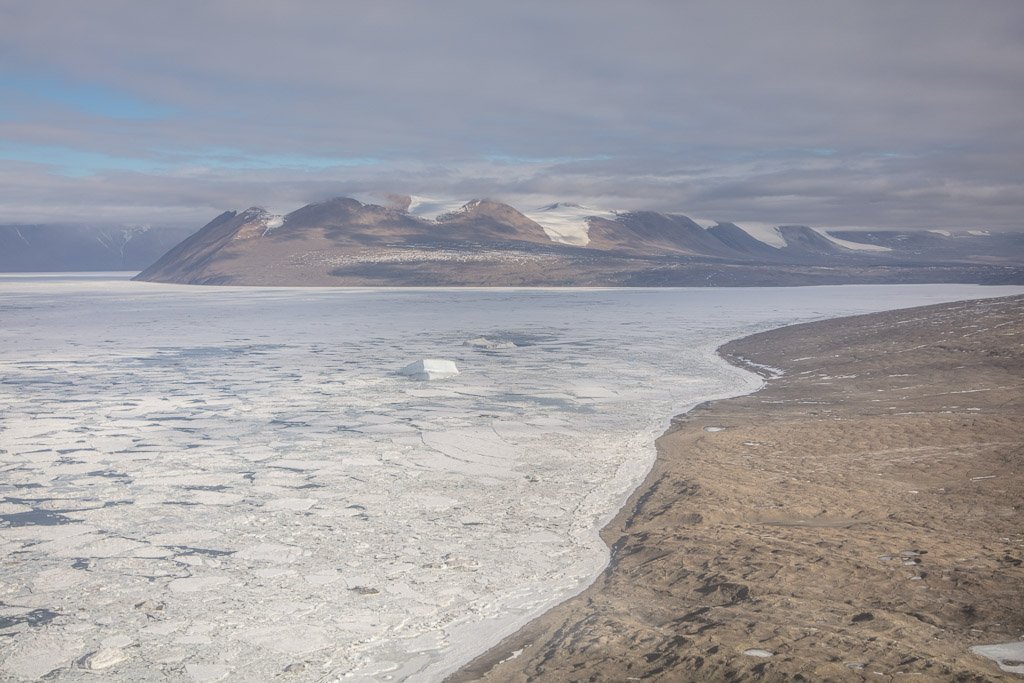
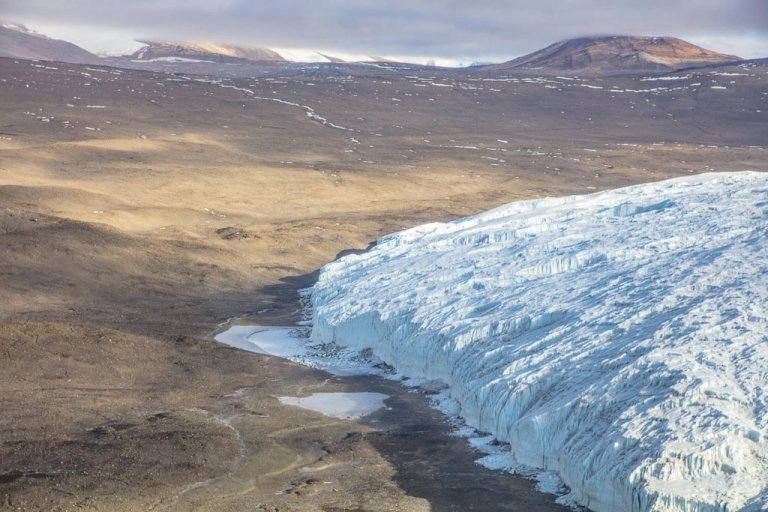

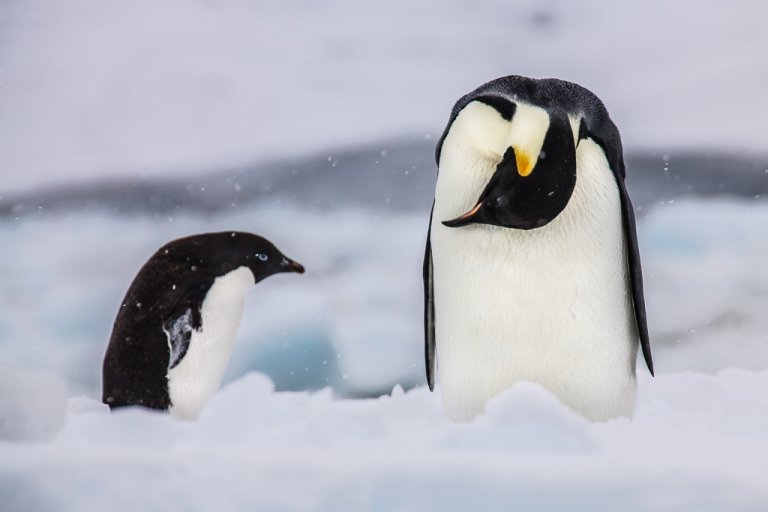
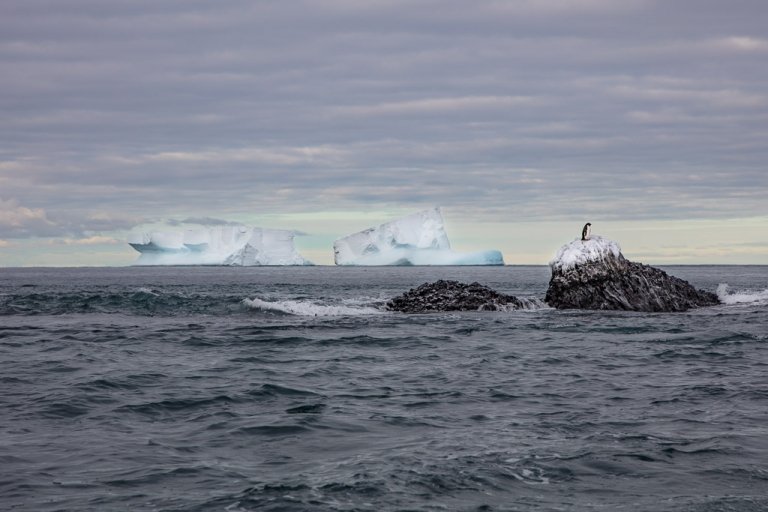
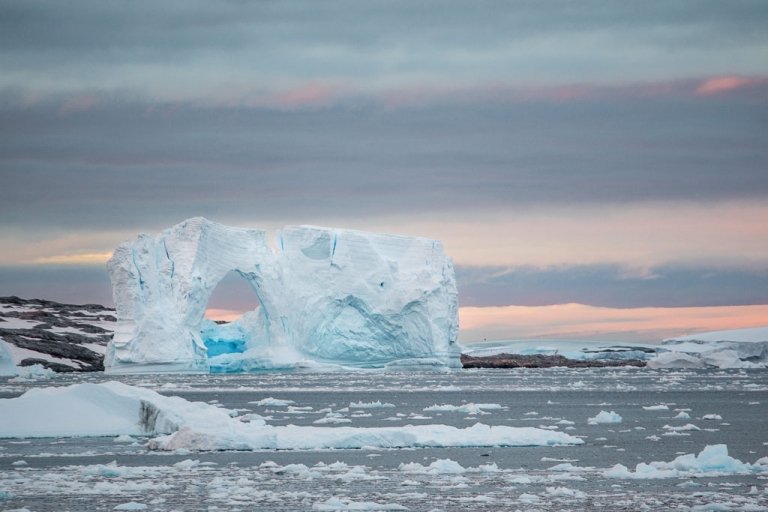
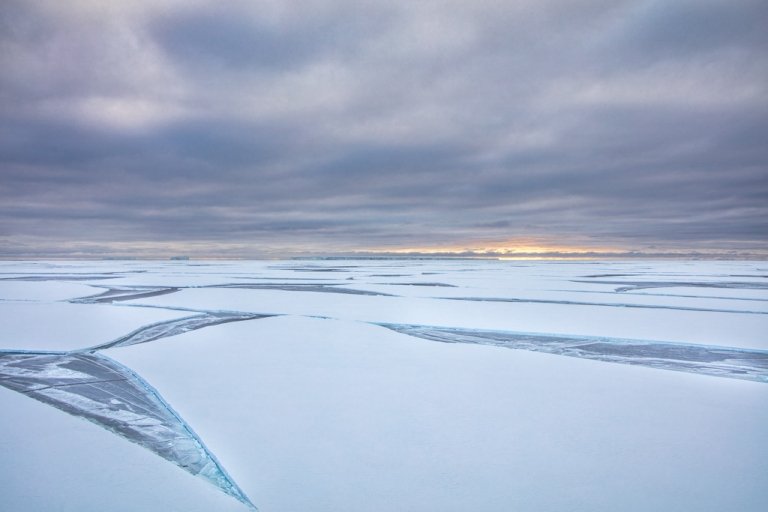
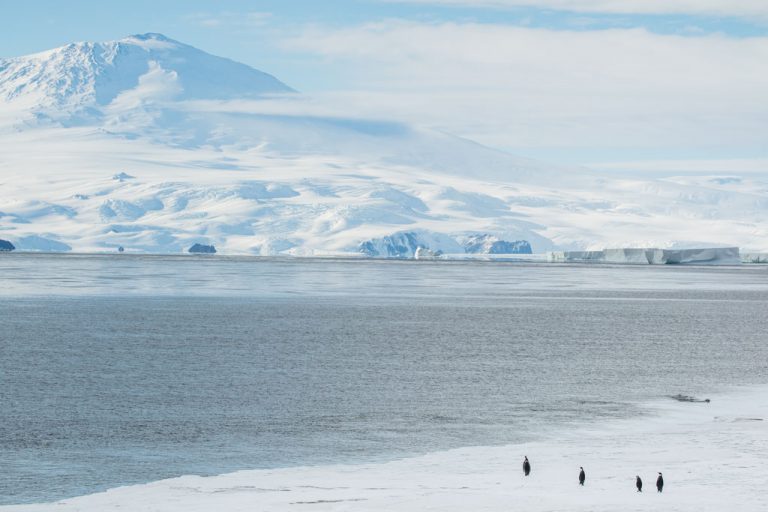
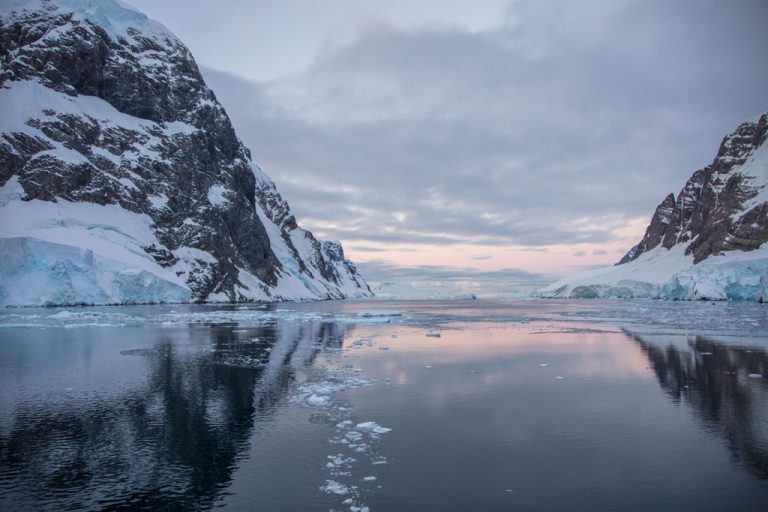
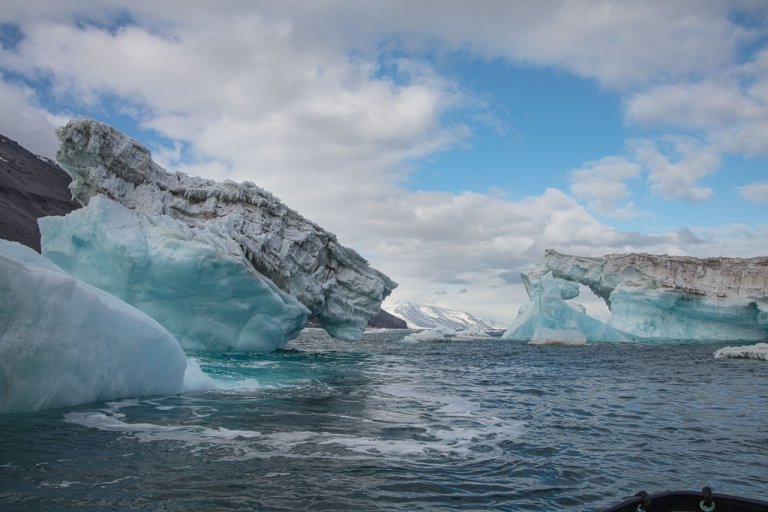
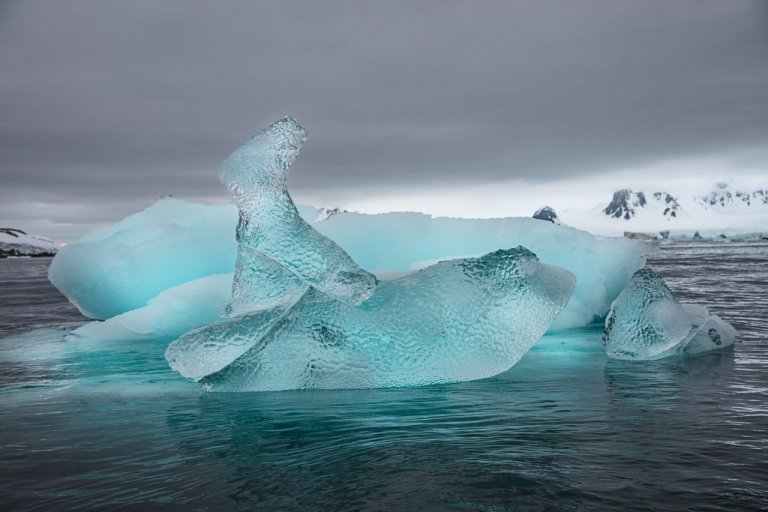
I’d never heard of the McMurdo Dry Valleys before, but you got my attention here! Looks very interesting. I’ve had Antarctica on my mind and I’d love to visit. It’s just very hard finding the time and especially the money to move forward with a trip. One day!
Hi Onnika,
I hope you do get down there! Just keep saving towards it. If you have a flexible amount of time off I’d recommend getting down to Ushuaia and posting up in a hostel. That way you can go down to the docks everyday and try to get on an expedition for “dock price”. Them boats don’t wanna leave with empty berths, so they’ll start offering some serious discounts! Also keep and eye out for sales. You can sign up for Oceanwide Expedition’s email list and they’ll let you know when they have some good deals going on 🙂
This looks incredible- what an amazing experience. We’re heading to Antarctica next month but I don’t think our tour is taking us here. We would love to make a return trip someday to see these valleys!
If I recall correctly Oceanwide said it’ll be 2019 or so before they offer another cruise to the Ross Sea, but I think there’s some NZ based companies that head down into the Ross and McMurdo Sound every year. Where does your tour take you to? Hope you have an amazing time!
We’re taking a boat from Ushuaia so I don’t think we’ll be heading in that direction, but I hope we can make it there someday. The dry valleys are high on our bucket list- and after reading your post I think we’re putting it even higher on the list! Looks amazing.
You’ll have an amazing time on the peninsula (in my opinion the prettier part!) hope you get to the Dry Valleys one day, nothing else like it!
What a cool adventure! Antarctica…sigh…I got to make it happen in this lifetime.
It’s definitely well worth it when you can do it! Beautiful place.